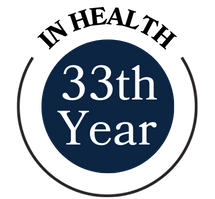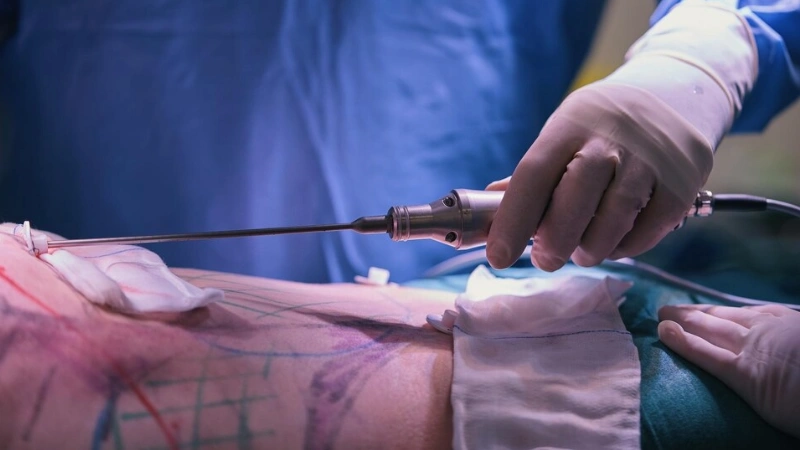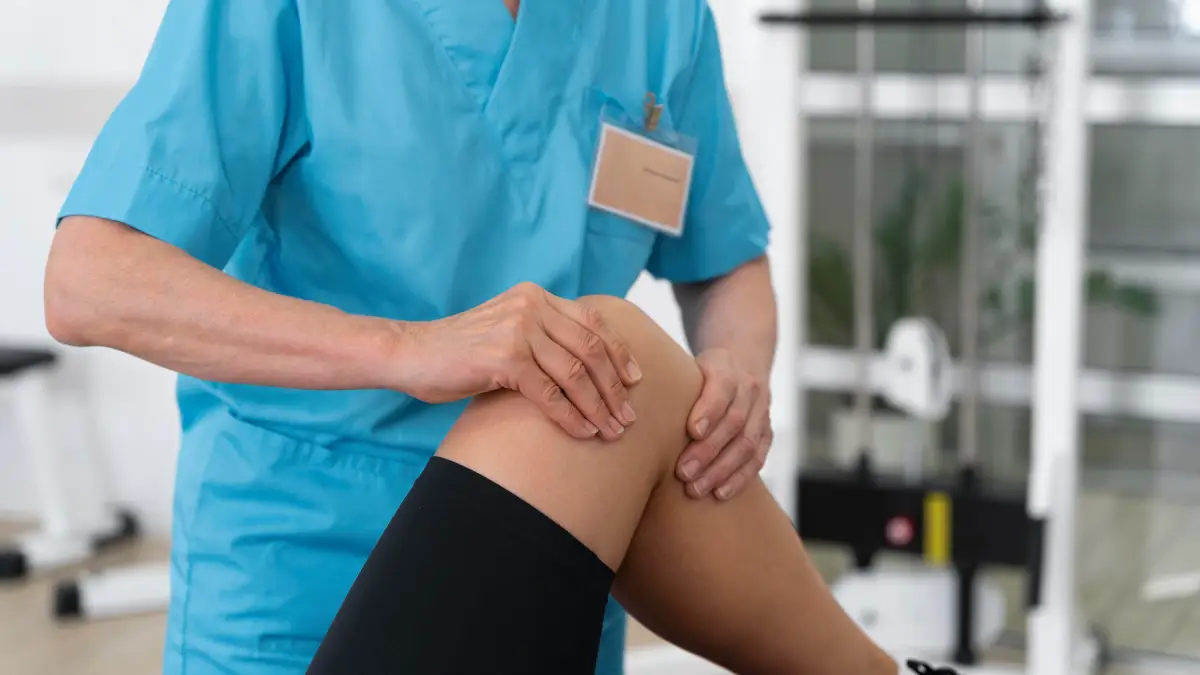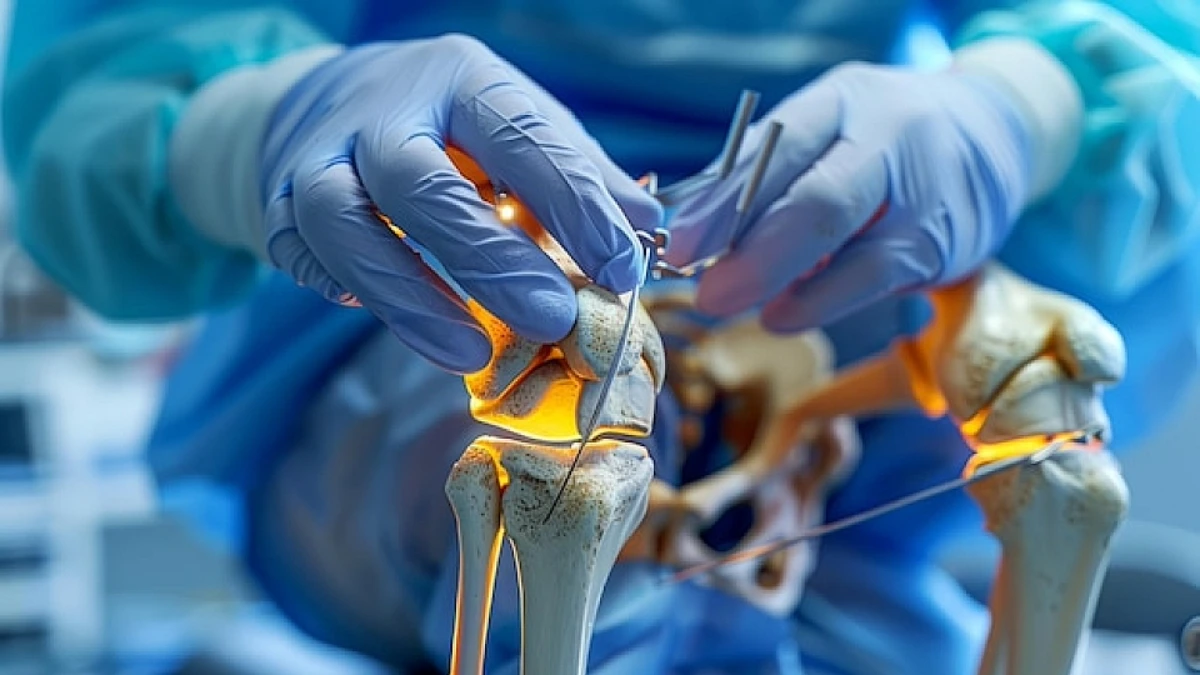
Liposuction
Suction-assisted liposuction (SAL), commonly referred to as traditional liposuction, provides a basis for more recent liposuction methods.
A thin tube called a cannula that is attached to a vacuum device is inserted by the surgeon through tiny incisions made close to the targeted regions during a liposuction procedure. The surgeon then manoeuvres the cannula to break up and suction out the unwanted fat.
Pros
- Proven track record
- It can be applied to various body areas.
- Effective fat removal
Cons
- invasive
- Typically involves a longer recovery period compared to newer techniques.
- You may experience more post-operative discomfort.
Laser Liposuction
Laser liposuction(LAL), introduces laser technology into the liposuction process. A laser fibre is inserted through small incisions to liquefy fat cells before suctioning them out. It is known for its precision and ability to stimulate collagen production, leading to improved skin tightening.
Pros
- Precision
- Skin tightening
- Faster recovery
Cons
- Limited fat removal
- Costlier
- In some cases, small scars may develop at the incision sites.
Vazer Liposuction
Vazer liposuction, short for Vibration Amplification of Sound Energy at Resonance, employs sound waves to break down fat cells. These sound waves disrupt fat tissue while preserving other tissues, making it a gentler option for fat removal.
Pros
- Less invasive
- Minimal downtime
- Tissue preservation
Cons
- Limited experience
- May not be suitable for extensive fat reduction.
- Results can vary in terms of skin tightening effects.
Lipomatic
The most advanced liposuction method available today is Lipomatic. It makes use of a specialized tool with a rotating cannula to accurately remove fat deposits. Its unique ability to be carried out under local anaesthesia, which lessens patient discomfort, is one of its distinguishing qualities.
Pros
- Local anesthesia
- Targets fat deposits with remarkable accuracy.
- Minimal side effects
Cons
- May be more expensive due to advanced technology.
- Not all clinics offer Lipomatic procedures.
- Requires expertise to maximize benefits.
Liposuction or Lipomatic: A Comparison
Which is the best option for you now that we’ve discussed the differences between liposuction and Lipomatic? Several factors will determine the solution.
Surgical vs. Non-Surgical
Liposuction: Surgical
Lipomatic: Non-Surgical
Anesthesia
Liposuction: Often requires general or local anaesthesia.
Lipomatic: Typically performed with local anaesthesia.
Incisions and Scarring
Liposuction: Small incisions are made, which may result in tiny scars.
Lipomatic: Incisions are usually smaller than those in liposuction, leading to minimal scarring.
Fat Removal
Liposuction: Physically suctions out fat cells.
Lipomatic: Uses laser energy to liquefy fat cells before removal.
Recovery Time
Liposuction: Longer recovery time compared to Lipomatic.
Lipomatic: Shorter recovery period, often with less bruising and swelling.
Suitable Candidates
Liposuction: Ideal for those with larger fat deposits and who are willing to undergo surgery.
Lipomatic: Suited for individuals with smaller to moderate fat deposits who prefer a non-surgical approach.
Results
Liposuction: Immediate results with final results appearing after several months.
Lipomatic: Gradual results over a few weeks as the body naturally eliminates the liquefied fat.
Cost
Liposuction: Typically more expensive due to surgical fees.
Lipomatic: Generally more cost-effective.
In the battle of Liposuction and Lipomatic, there is no clear winner. Instead, you should select the technique that best suits your specific needs and circumstances. Both techniques have advantages, and with the help of an experienced professional, you may get the body contouring results you’ve always wanted.
Frequently Asked Questions
Is Lipomatic less effective than Liposuction?
Not necessarily. Lipomatic can be highly effective for those with smaller fat deposits. The choice between the two depends on individual goals and preferences.
How soon can I return to normal activities after Liposuction or Lipomatic?
Recovery times vary, but most people can resume light activities within a few days after Lipomatic and a week or two after liposuction. Strenuous activities may require a longer wait.
Are there any age restrictions for Liposuction or Lipomatic?
While there’s no specific age restriction for either procedure, you should be in good overall health. Surgeons or practitioners will assess your medical history and health status to determine if you’re a suitable candidate regardless of your age.
Whether you seek medical advice, wish to schedule an appointment, or have any inquiries, Avicenna International Hospital is here to assist you. Contact us now to experience healthcare that transcends boundaries.







